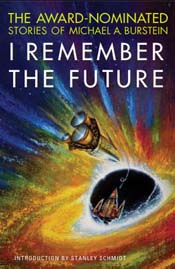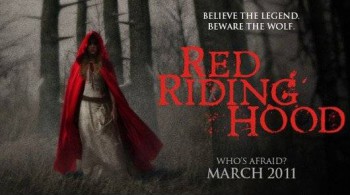Desert of Souls: A Review
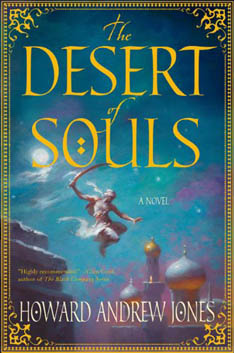 Desert of Souls, by Howard Andrew Jones.
Desert of Souls, by Howard Andrew Jones.
Thomas Dunne Books (320 pages, $24.99, February 15, 2011)
As I write this, I’m listening to Silk Road Journeys: Beyond the Horizon, because sometimes Yo-Yo Ma’s cello just does things to a girl, you know? Anyway, it seems appropriate, so I thought I’d share.
First of all: Spoiler Alert. Probably minor ones, but you never can tell with me, so if you don’t want to know a few plot points, some specifics of the characters, interesting quotes and structural ramblings, please do not read further.
Second of all: I met the author once four years ago and have corresponded with him a few times, so there’s that. I am not an unbiased reader. But this is a blogicle for Black Gate Magazine, after all, and as we’re having a month-long celebration of Howard Andrew Jones over here, I don’t really think anyone expects me to be neutral!
…Hurray!
Third of all: I confess that I’d never read a Dabir and Asim story – in Black Gate or elsewhere – before this debut novel, so I came to it with no thought more profound than, “What pretty colors the cover has!” and “ Oh, great, now I want a scimitar too!”
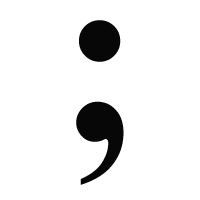 No, the title of this post is not a typo.
No, the title of this post is not a typo.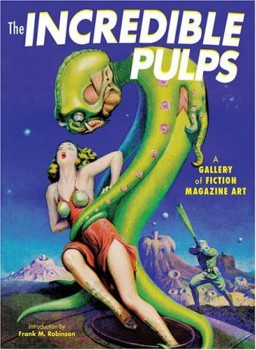
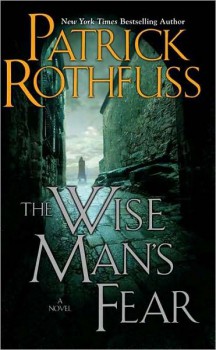
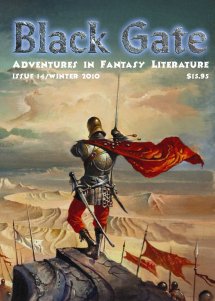 Mike Ferrante at the King of the Nerds blog has published a lengthy review of our latest issue:
Mike Ferrante at the King of the Nerds blog has published a lengthy review of our latest issue: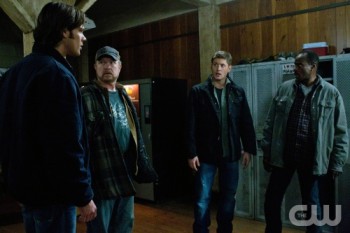

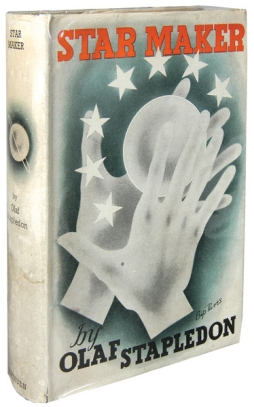 It’s often said that science fiction (or speculative fiction, whatever term you prefer) is a ‘literature of ideas’. I’ve never been able to agree with that statement. In part, I feel much the same way
It’s often said that science fiction (or speculative fiction, whatever term you prefer) is a ‘literature of ideas’. I’ve never been able to agree with that statement. In part, I feel much the same way 